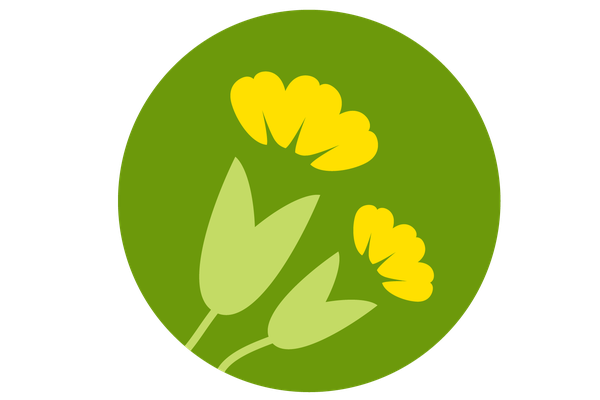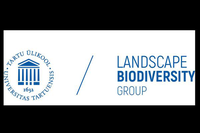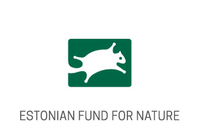Looking for Cowslips
from 15/03/2021 until 15/06/2021
Participants are expected to observe the patterns of heterostyly in cowslips. The cowslip (Primula veris) is a heterostylous plant – it means that the plant can have one of the two types of flowers. These different type of flowers are called S-morphs (short-styled) and L-morphs (long-styled). In short-styled cowslips (S-morphs), five anthers are visible when looking from above, and in individuals with L-type of flowers, we can see one stigma. Normally in cowslip populations, the frequency of these different types of individuals is more or less equal. Imbalance reduces plants’ opportunities to find a suitable mate for reproduction, which impedes pollination and the exchange of genetic material. This, in turn, reduces plants’ vitality. The cowslip’s regular habitats – traditionally managed grasslands – have become increasingly rare in the contemporary landscape. The disappearance of grasslands causes decline in plant populations depending on grassland habitats. A massive decline in cowslip populations can cause substantial imbalances in the frequency of L- and S-morphs to the extent that one of those types completely disappears from the habitat. That is precisely the kind of a possible shift in the balance between the L and S-morphs caused by changes in the landscape that we want to study – with your help. An observation takes about 30 minutes. When possible, one should observe the flowers of 100 cowslip individuals. Look at the flower and report whether you see five anthers or one stigma. Find the time, breathe some fresh air, and help the scientists in their work!
For more information go see our webpage at www.cowslip.science
We have already publised our first article of the first year campaign's results. To find our more about our interesting findings, go read the article at https://besjournals.onlinelibrary.wiley.com/doi/full/10.1111/1365-2745.13488
You can contact us at info@nurmenukk.ee
Aim
The aim of the project is to examine the patterns of heterostyly in cowslip populations all across Europe using a citizen science approach. The citizen science project ‘Looking for Cowslips’ was carried out already in 2019 and 2020 in Estonia and Latvia. Within the frames of this campaign, we obtained heterostyly data from > 200 000 cowslip individuals in the first year and > 155 000 in the second year. Data originating from the campaign provides unprecedented insight into the patterns of heterostyly following the loss of semi-natural grasslands.
Needed equipment
Recommended: smartphone with internet connection. Also option to fill in the observation form manually and enter the data later at home.
Created Feb. 8, 2021, 1:04 p.m.
Updated Nov. 9, 2021, 9:35 a.m.



